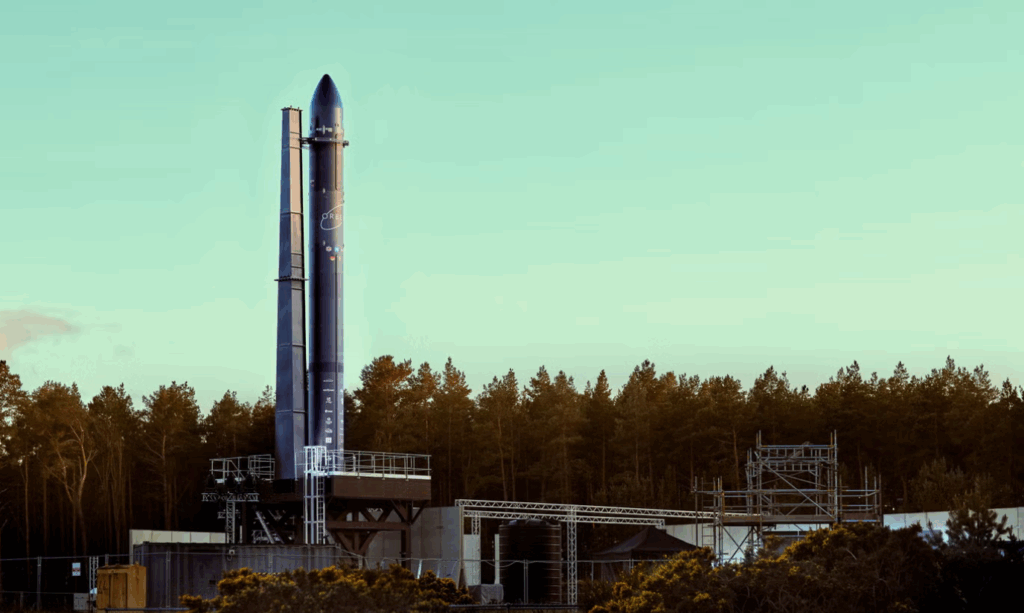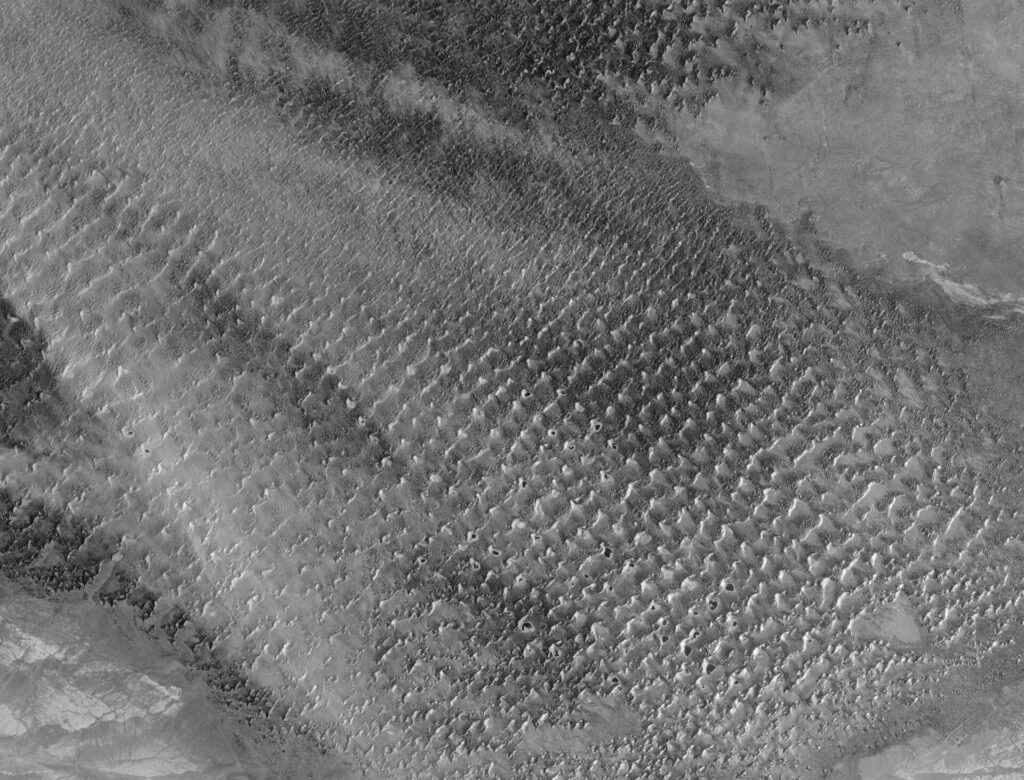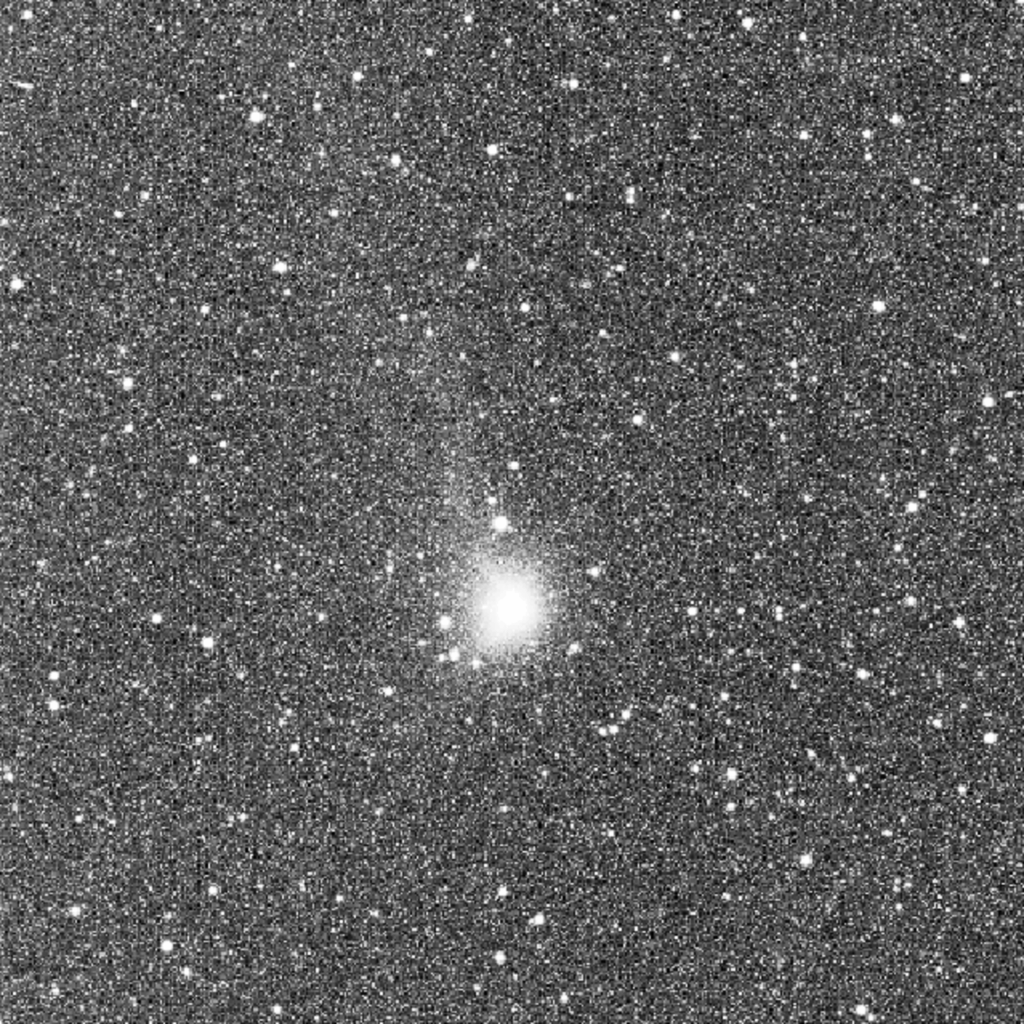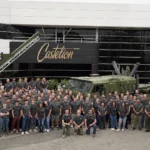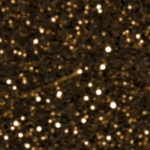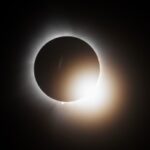Now Reading: Smile passes gruelling set of tests
-
01
Smile passes gruelling set of tests
Smile passes gruelling set of tests
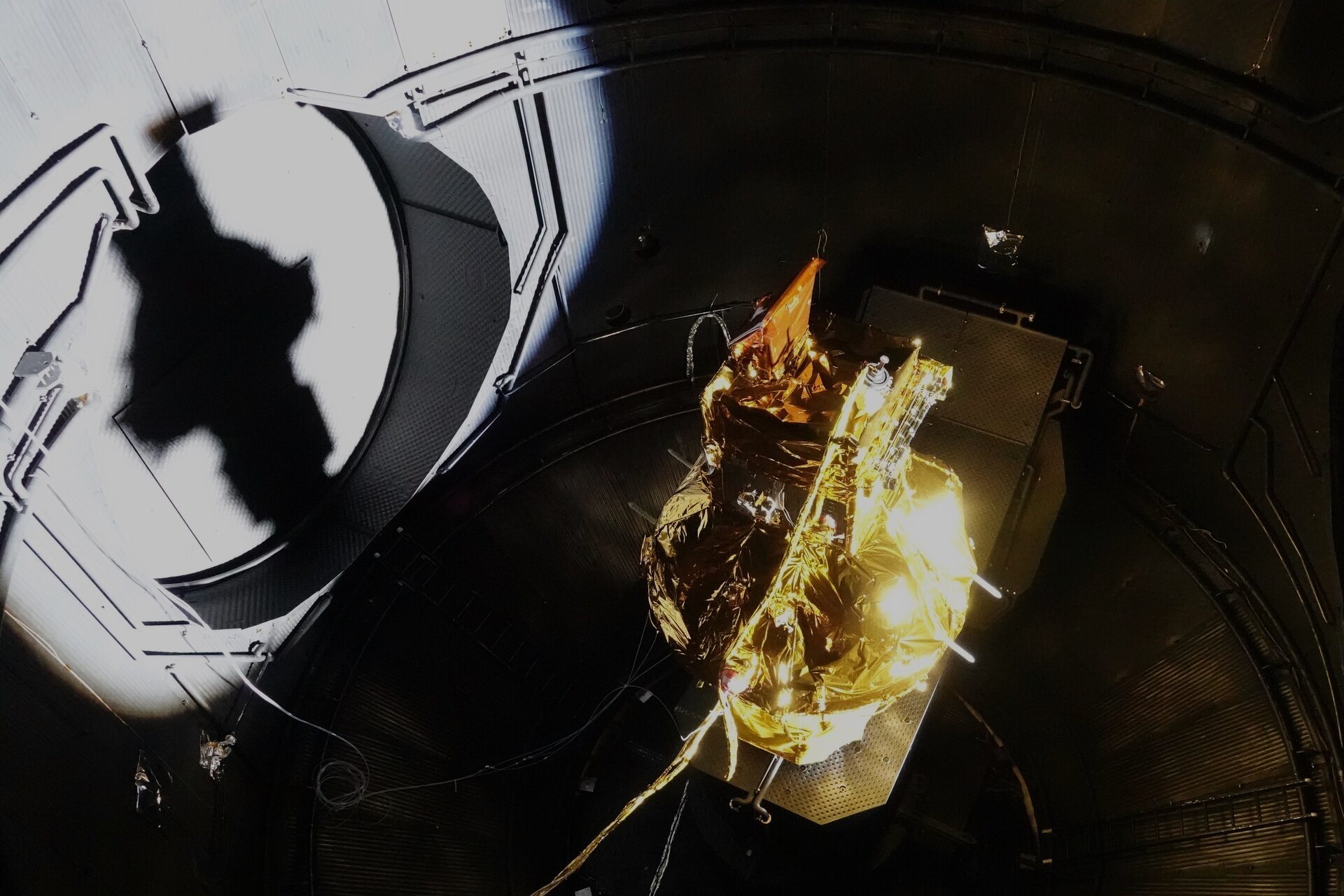

15/07/2025
66 views
3 likes
All its parts have been built and put together. It has been wrapped in shiny gold insulating foil. Its launch is getting closer. But the Smile spacecraft had one major phase to pass before it could be certified ready for space – and it involved testing, testing and yet more testing.
Since March, engineers have been busy getting Smile through tough checks at ESA’s technical heart, ESTEC, in the Netherlands. After all, if you’re going to spend years developing a spacecraft to watch how Earth’s magnetic field responds to the solar wind, you’d better make sure it can handle the shaky rocket launch, the vacuum of space, and the extreme temperatures it will face in orbit around Earth.
With Smile being a joint effort between the European Space Agency (ESA) and the Chinese Academy of Sciences (CAS), engineers from both organisations, as well as from the companies Airbus and European Test Services, have been working together.
Watch the video below to get a glimpse behind the scenes. [Text and images continue after video]
Test 1: Smile meets the spikes
This testing phase began when engineers moved Smile into the Maxwell Test Chamber.
Like most spacecraft, Smile is very sensitive. It is designed to pick up weak magnetic field signals, as well as very faint light from the magnetic bubble surrounding Earth, and ultraviolet light from the auroras. At the same time, it will transmit a lot of data down to Earth with high-power antennas.
Engineers used the absorbent nature of Maxwell’s spiky walls to make sure that there was no ‘crosstalk’ between all the spacecraft’s electronics.
As Smile Systems Engineer Chris Runciman puts it, “it’s like when you have your phone beside a speaker and it starts making funny noises before your text message comes in” – that interference is exactly what we don’t want to see happening in Smile.
Knowing that Smile’s electronics are not interfering with each other, our engineers are now confident that its science instruments will work excellently in space, and that we will get the images we need of Earth’s magnetic environment.
The Maxwell Chamber tests also confirmed that Smile is safe to launch inside the Vega-C rocket that will take it to space. Because the rocket carries lots of electronics, we had to be sure that they will not be disturbed by Smile, and vice versa.
Test 2: hop on the scales
Our engineers quickly moved Smile out of the Maxwell Chamber and onto the next set of tests: measuring how much it weighs and where exactly its centre of gravity is.
Engineers spent four days making these measurements using some of the most advanced scales in Europe. Thanks to the information they collected, we know that the spacecraft is compatible with Vega-C, and spacecraft controllers have all the knowledge they need to properly manoeuvre Smile once it is in orbit around Earth.
Test 3: feeling all shaken up
At the end of April, the spacecraft was placed on the ‘shaker’. Standing on the shaker feels like experiencing an earthquake; it’s a simulation of the intense vibrations Smile will feel as its rocket takes off.
Smile got through the gruelling test in one piece, giving us complete confidence that it will make it to space in perfect working order.
Interlude: Smile takes a stretch
A quick stretch before our final big test. Smile’s solar panels are vital for supplying power to its onboard systems and scientific instruments. In other words – no solar power, no mission!
During the launch, the solar panels will remain safely folded up. Once in space, a little mechanism will activate that lets them fully stretch out. On 15 May, engineers checked that this mechanism works for both ‘wings’. As the image below shows for one wing, Smile gets another green tick.
Test 4: Smile enters the darkness
Finally, at the end of June, Smile was put into the Large Space Simulator – Europe’s largest vacuum chamber. This massive machine does what it says on the tin, recreating the strange vacuum and tough temperatures of outer space. It even includes a Sun simulation to imitate how Smile will feel super-hot on its Sun-facing side, and super-cold on its shaded side.
It’s the final, and possibly most complicated, part of the spacecraft environment testing phase. In early July, Smile Project Manager David Agnolon confirmed its success.
“Running 24/7, the thermal test has been very intense but highly satisfying. It was completed smoothly, in record time and yielded very good results. This outcome is largely thanks to the impressively good preparation and excellent execution of the team,” says David.
“We can now say that Smile is 100% ready for space and ready to deliver its scientific data to better understand our planet’s magnetic shield and how it responds to the solar wind. This is testament to years of hard work from industry across Europe and China.”
The images below show more of the space environment testing at ESTEC.
Last week, Smile was carefully removed from the Large Space Simulator. But it’s still not quite ready to go.
During the second half of July, engineers are re-checking parts of two of Smile’s science instruments – the boom that holds its magnetometer at the end, and the cover of its ultraviolet camera – to make sure nothing was damaged during the thermal testing. After that, Smile will go through a last few software and operational tests, before finally being packed up safely, ready for shipping to Europe’s Spaceport in French Guiana around two months before launch.
Smile (the Solar wind Magnetosphere Ionosphere Link Explorer) is a joint mission between the European Space Agency and the Chinese Academy of Sciences. Smile is due to launch on a European Vega-C rocket in 2026. Follow the latest mission news via esa.int/smile.
Stay Informed With the Latest & Most Important News
Previous Post
Next Post
-
 012024 in Review: Highlights from NASA in Silicon Valley
012024 in Review: Highlights from NASA in Silicon Valley -
 02Panasonic Leica Summilux DG 15mm f/1.7 ASPH review
02Panasonic Leica Summilux DG 15mm f/1.7 ASPH review -
 03How New NASA, India Earth Satellite NISAR Will See Earth
03How New NASA, India Earth Satellite NISAR Will See Earth -
 04And Thus Begins A New Year For Life On Earth
04And Thus Begins A New Year For Life On Earth -
 05Astronomy Activation Ambassadors: A New Era
05Astronomy Activation Ambassadors: A New Era -
06SpaceX launch surge helps set new global launch record in 2024
-
 07From Polymerization-Enabled Folding and Assembly to Chemical Evolution: Key Processes for Emergence of Functional Polymers in the Origin of Life
07From Polymerization-Enabled Folding and Assembly to Chemical Evolution: Key Processes for Emergence of Functional Polymers in the Origin of Life












